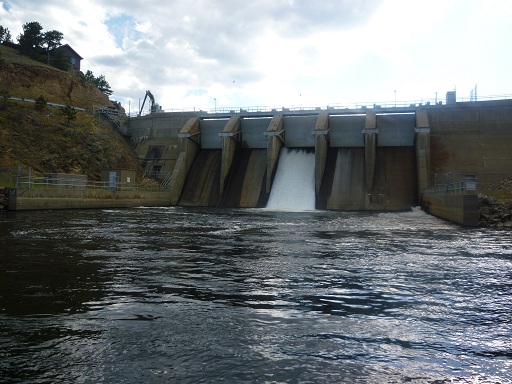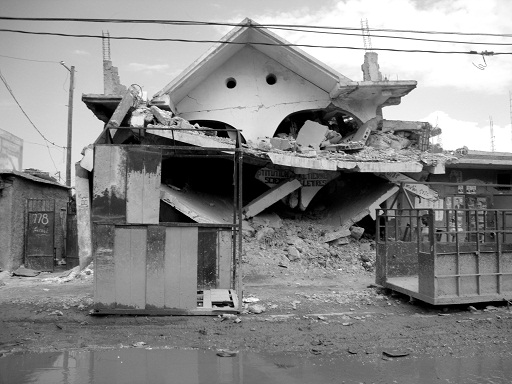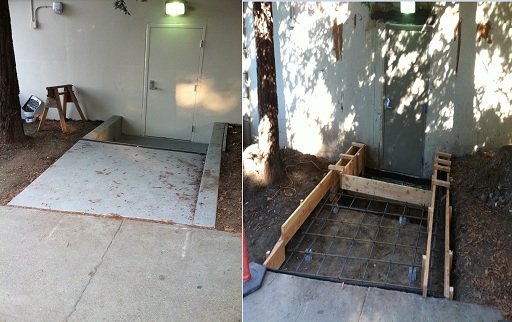
Photo Credit: Troy Clack
Seen here is a mechanical lift bridge in Duluth, Minnesota. Lift bridges are advantageous because they can use proportionally smaller counterweights than swing-span or bascule bridges, yet still allow for tall vessels to pass when the bridge is in the up position. However, the bridge superstructure is still above the water, so the height of the boats is still somewhat limited. This particular bridge has an interesting story of why it was needed and can be read about here.



